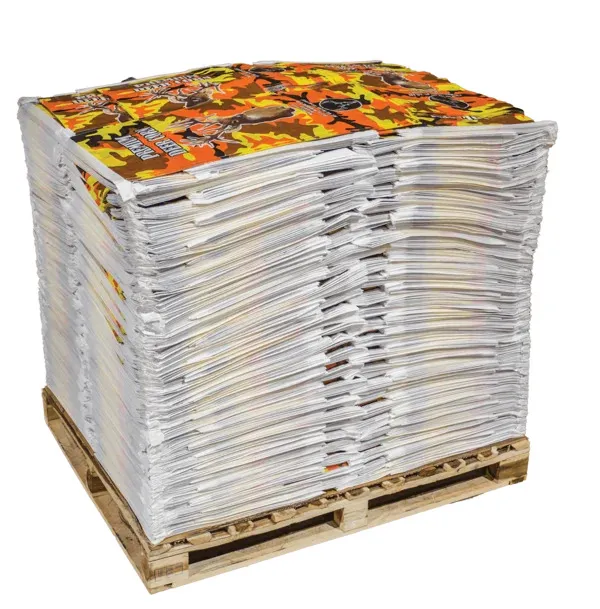
Self-Opening Sacks (SOS) have become an essential component in the chemical fertilizer industry, providing a reliable and efficient means of packaging and transporting products such as fertilizers and compound fertilizers. This article explores the characteristics of SOS Bags in this application, the benefits they offer, and the considerations to keep in mind when selecting these bags for chemical fertilizer packaging.
Overview of SOS PP Fabric Bags
SOS PP Fabric Bags, also known as Self Opening Sacks or Self Opening Woven Bags, are designed to facilitate the easy and efficient handling of bulk materials. These bags are particularly useful in industries where quick and clean access to the contents is required, such as in the chemical fertilizer sector.
Applications in Chemical Fertilizer Industry
Benefits of SOS Bags in Chemical Fertilizer Packaging
- Ease of Use: The self-opening feature of these bags allows for quick and easy access to the contents, reducing the time and labor required for packaging and unpackaging.
- Durability: Made from polypropylene (PP), these bags are resistant to moisture and chemicals, making them ideal for fertilizers that can be corrosive.
- UV Resistance: Protection against UV rays is crucial for outdoor storage, and SOS Bags offer this protection, ensuring the contents remain unaffected by sunlight.
- Versatility: Available in various sizes and with different features like liners, valves, and handles, SOS Bags can be customized to meet specific needs.
Key Considerations for Selecting SOS Bags
When choosing SOS Bags for chemical fertilizer packaging, consider the following:
- Material Strength: Ensure the bag’s material can withstand the weight and nature of the fertilizer.
- Chemical Resistance: The bag must be resistant to the chemicals present in the fertilizer to prevent leakage or degradation.
- Environmental Impact: Consider the bag’s recyclability and environmental footprint, aligning with sustainable packaging practices.
- Regulatory Compliance: Ensure the bag meets all regulatory standards for packaging chemical fertilizers.
Production Process and Features of SOS Bags
Extrusion and Fabric Formation
The production of SOS Bags begins with the extrusion of polypropylene, which is then woven into a fabric. This fabric is designed to be strong and resistant to the chemicals it will come into contact with.
Bag Construction
The fabric is then cut and sewn to form the bag, with features like a self-opening mouth, which is achieved through a unique design that allows the bag to open wide for easy access.
Printing and Labeling
Custom printing can be applied to the bags for branding and identification purposes. This is an important aspect, especially for chemical fertilizers, where clear labeling is crucial.
Quality Control
Each bag undergoes rigorous quality control checks to ensure it meets the required standards for strength, chemical resistance, and print quality.
Product Parameters of SOS Bags
To ensure the quality and performance of SOS Bags, we adhere to strict product parameters:
| Parameter | Description | Importance |
|---|---|---|
| Material Type | Determines the type of polymer used for the bag’s construction. | Essential for meeting environmental standards and industry requirements. |
| Bag Capacity | Measures the volume of material each bag can hold. | Critical for ensuring the bag meets the specific application needs. |
| Tensile Strength | Measures the maximum load the bag can withstand before breaking. | Ensures the bag can carry heavy loads without failure. |
| Chemical Resistance | Assesses the bag’s resistance to the chemicals it will contain. | Essential for preventing leakage and preserving the contents. |
| UV Resistance | Evaluates the bag’s resistance to degradation from UV exposure. | Important for outdoor storage and longevity. |
| Print Quality | Measures the clarity and durability of the printed design. | Critical for brand representation and product identification. |
Conclusion
SOS Bags are a vital component in the chemical fertilizer industry, offering a range of benefits from ease of use to durability. When selecting SOS Bags for chemical fertilizer packaging, it is crucial to consider factors such as material strength, chemical resistance, environmental impact, and regulatory compliance. By doing so, businesses can ensure they are using the most effective and safe packaging solutions for their products.
For more information on the excellence of SOS PP Bags and VidePak’s comprehensive quality management system, visit our website: Optimizing Production Processes for SOS PP Bags.